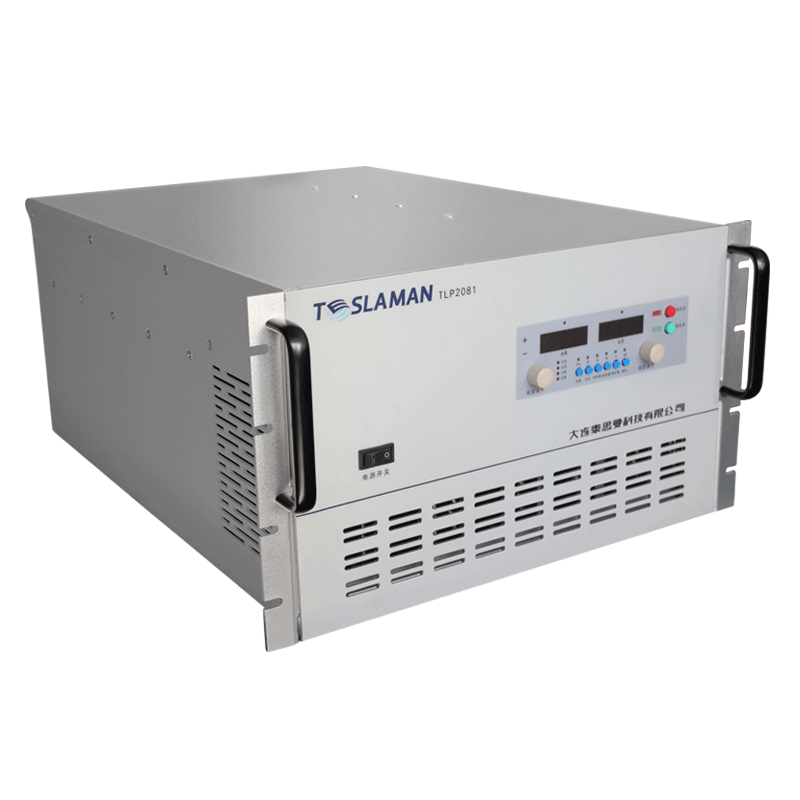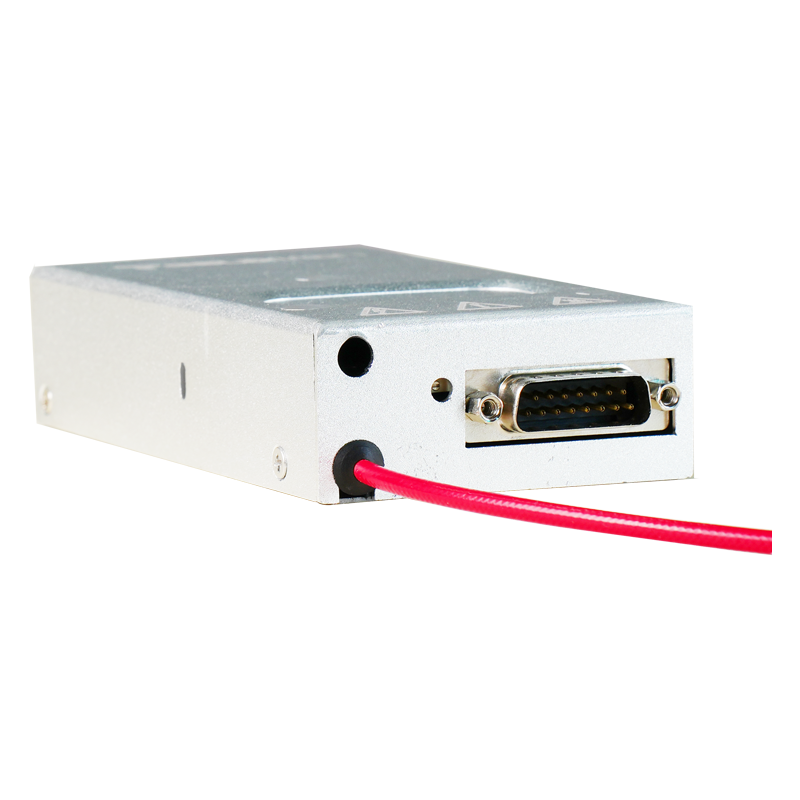Temperature Drift Compensation of ppm Level High Voltage Power Supplies
In numerous scientific research and industrial application scenarios with extremely high requirements for power supply accuracy, ppm level high voltage power supplies play a crucial role. However, such high voltage power supplies face a non negligible problem temperature drift, that is, the output voltage of the power supply drifts with temperature changes, which poses a serious challenge to its high precision characteristics. Therefore, temperature drift compensation is of great significance.
There are various temperature sensitive components inside ppm level high voltage power supplies, such as resistors and capacitors. Taking resistors as an example, most resistors have a positive temperature coefficient. As the temperature rises, their resistance value will increase. In the circuit of a high voltage power supply, the change in resistance value will directly affect the magnitude of the current, and thus change the output voltage. Capacitors will also change their capacitance due to temperature changes, affecting the time constant and signal transmission characteristics of the circuit, ultimately leading to the drift of the output voltage. If this temperature drift phenomenon is not controlled, in some applications with strict requirements for voltage accuracy, such as precision electronic measurements and high end medical equipment, it may cause serious problems such as measurement errors and equipment failures.
To achieve temperature drift compensation for ppm level high voltage power supplies, engineers have developed a variety of methods. A commonly used strategy is to adopt a temperature compensation circuit. In this circuit, compensation components with characteristics opposite to those of the temperature sensitive components in the main circuit of the power supply are introduced. For example, a negative temperature coefficient thermistor is connected in series with a positive temperature coefficient ordinary resistor. When the temperature rises, the resistance value of the ordinary resistor increases, while the resistance value of the thermistor decreases. By carefully designing the parameters of the two, the total resistance value can be kept relatively stable within a certain temperature range, thus effectively compensating for the voltage drift caused by temperature changes.
Another effective compensation method is digital compensation using software algorithms. By integrating a temperature sensor inside the power supply, the operating temperature of the power supply is monitored in real time. The temperature data is transmitted to a microprocessor. The processor calculates the compensation amount required at the current temperature according to a pre established temperature voltage drift model, and then adjusts the output voltage precisely by adjusting the control signal of the power supply. This digital compensation method has high flexibility and accuracy and can adapt to different working environments and complex temperature change conditions.
In addition, at the power supply design stage, selecting components with good temperature stability is also an important means to reduce temperature drift. Although the cost of such components is relatively high, they can reduce the impact of temperature on the power supply performance from the source. At the same time, optimizing the heat dissipation structure of the power supply and maintaining the relative stability of the power supply operating temperature also help to reduce temperature drift.
The temperature drift compensation of ppm level high voltage power supplies is a comprehensive task, involving multiple aspects such as circuit design, component selection, software algorithms, and heat dissipation management. Only by comprehensively applying these methods can ppm level high voltage power supplies output stable and high precision voltages in different temperature environments to meet the needs of various high end applications.




















